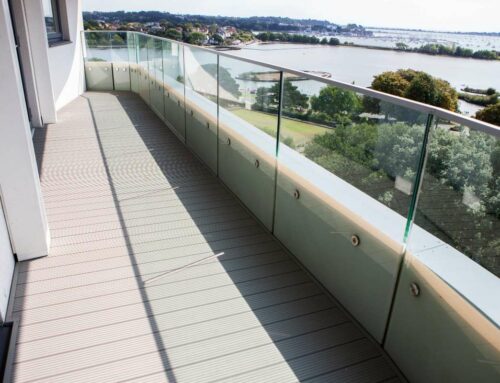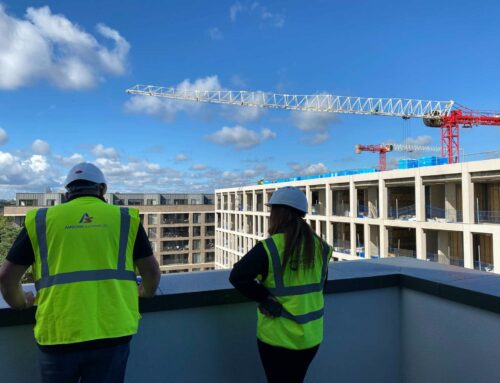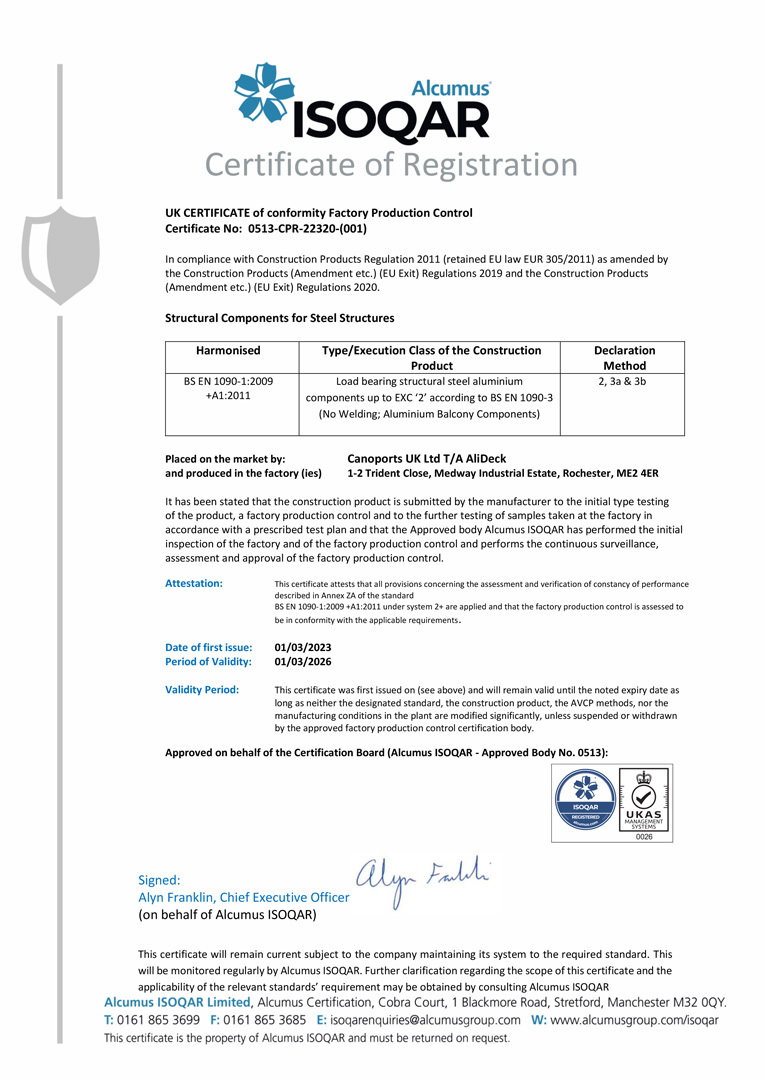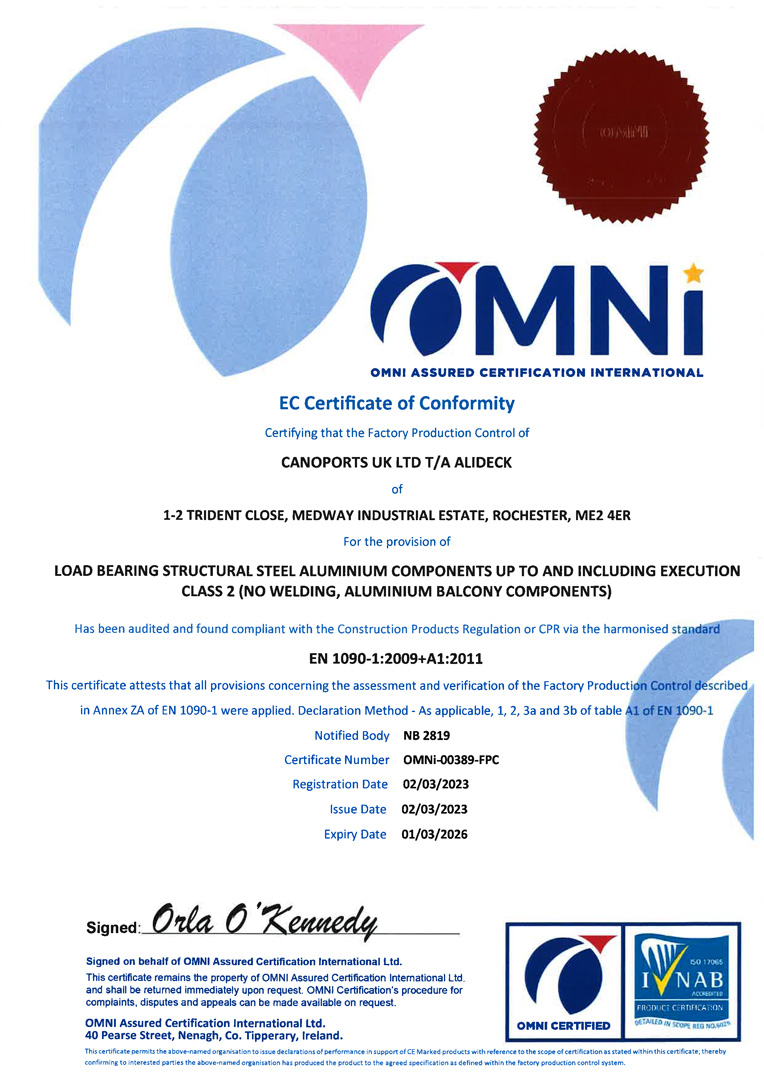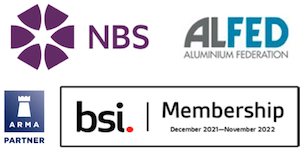Robert Jenrick MP and MHCLG issue statement on EWS1 and requirement on buildings under 18m
The Secretary of State for Housing, Robert Jenrick MP, made a written statement to Parliament on 21st July 2021 regarding EWS1. The statement was made in reaction to the Independent Expert Statement on building safety in medium and lower rise blocks of flats.
As you’ll be aware, EWS1 has plagued the leaseholder housing market since the start of 2020. We have written about the subject in detail previously but, in short, EWS1 was launched in December 2019 and was intended to solve the issue of lenders being unwilling to take the risk of offering mortgages on properties in high rise buildings. The scheme was derailed almost immediately by the Government’s Consolidated Advice Note, issued in January 2020, which required buildings of all heights to be considered for fire safety defects.
Mr Jenrick’s written statement outlines the Government position that EWS1 forms should not be a requirement on buildings below 18 metres. This is based upon the findings of the expert panel convened recently to investigate the issue. Made up of fire safety experts including Dame Judith Hackitt, Sir Ken Knight, Ron Dobson, and Roy Wilsher, this independent panel examined the issue in detail and reached the following conclusions;
- EWS1 forms should not be a requirement on buildings below 18metres.
- In the small number of cases where there are known to be concerns these should be addressed primarily through risk management and mitigation.
- There should be a clear route for residents/leaseholders to challenge costly remediation work and seek assurance that proposals are proportionate and cost effective.
- Government should work with the shadow Building Safety Regulator to consider how to implement an audit process to check that fire risk assessments are following guidelines, not perpetuating the risk aversion we are witnessing, in some instances, at the present time.
- Fire risk assessors, and lenders should not presume that there is significant risk to life unless there is evidence to support this. This would ensure that they respond only to the evidence and adopt a far more proportionate and balanced approach.
The Government has accepted these findings and, indeed, the MHCLG statement is entirely predicated upon them.
However, we have seen such statements issued previously, by Government in November 2020 and by RICS in March 2021, with little practical impact being seen; lenders by and large continued to require EWS1 surveys before offering mortgages for multi-occupancy buildings of any height.
Part of the difficulty here is that the EWS1 scheme is not a Government-decreed, statutory process, but is rather an industry-led initiative. This means that, essentially, anything that the Government states on the matter has no actual bearing and industry will implement the scheme as they see fit and according to their own acceptable risk profiles. Indeed, lenders are, strictly speaking, simply following the guidance in the Government’s own Consolidated Advice Note when they are considering buildings of any height within the scope of EWS1.
The panel’s findings also include the statement that lenders “should not presume that there is significant risk” unless they have supporting evidence, which could be interpreted as the Government instructing lenders to presume that there is no significant risk.
The immediate question has to be, then, how would lenders know that there is not significant risk on a given building without gathering evidence, via surveys such as those in the EWS1 scheme? This finding does seem to be counter-intuitive when considered in that way.
One interesting point within the expert panel’s findings is mention that the MHCLG consolidated advice note of January 2020 is due to be withdrawn and replaced by a new British Standard; PAS 9980: Fire risk appraisal and assessment of external wall construction and cladding of existing blocks of flats – Code of practice. This new Standard is currently being drafted and is set to be published in September.
The EWS1 scheme has been mired in an unresolvable fiasco for nearly its entire existence. Any action to solve this problem is to be welcomed. While Mr Jenrick’s statement does allude to support from some lenders, it remains to be seen how the wider sector will react.
Based on the aftermath of prior interventions, by Government and by RICS, expectations should be tempered. The new British Standard, though, might well help to move the situation forward and its publication will be keenly anticipated, hopefully finally bringing clarity to the issue.
As ever, the surest route to achieving balcony fire safety and minimising the risk of costly future remediation is to replace all combustible materials with non-combustible alternatives. If you are a building owner or property manager and would like to find out more about how to bring your balconies into line with requirements, call the AliDeck team today on 01622 235 672 or email info@alideck.co.uk.


